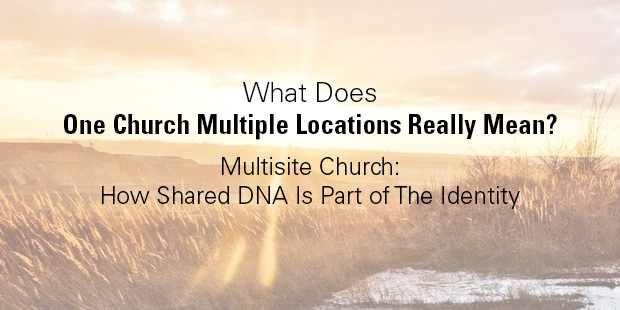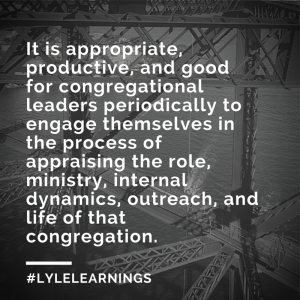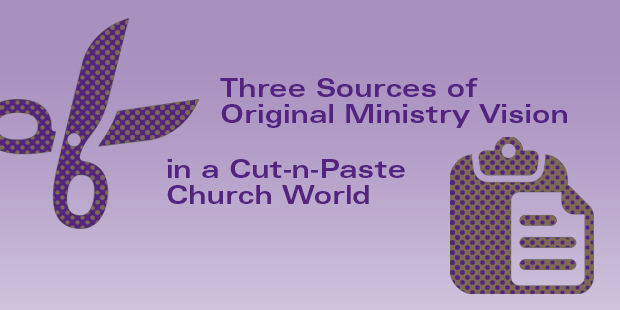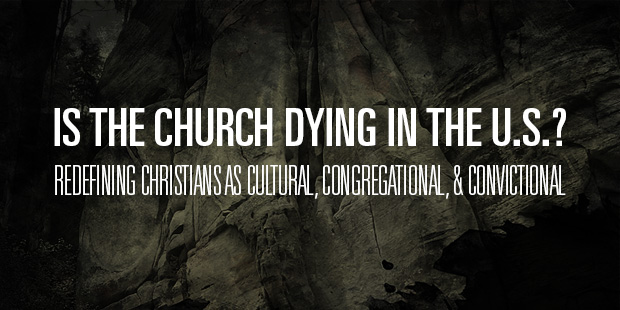
You Are What You Do: How Process Drives Culture
In organizations I have coached over the years, there is a common belief that business processes and work culture are separate, distinct things. While they are indeed different sides of a coin, I believe they are inextricably related. In fact, I believe they both affect each other, in a sort of chicken-and-egg relationship.
One question many leaders ask is, “How do I improve the culture?” Asking this question without also looking at your processes may not yield the right answer. And before we can dig into how to improve our processes or culture, we must define what we mean by those terms.
Defining the Terms
A process is a series of steps executed by people to achieve a result. Often times, those steps have dependencies on each other or on time. For example, when making coffee, it is important to put the coffee in the filter, then turn on the flow of water. To do it backwards creates a mess, not coffee. In addition, some of the coffee-making steps have a dependency on time. It is not a good idea to finish all the steps of making coffee the night before. The coffee gets cold and stale overnight.
Work culture is the environment, communication, and behaviors that intrinsically reward (or don’t) the processes we want. Of course, the concept of culture is tougher to define. It is even more difficult to define your specific work culture. You might hear comments like ‘people are so nice here’ or ‘the culture is so great, it’s like family’ or ‘the work was fine, but I couldn’t stand the culture’. What do your people do or say that gets them more freedom, more respect, a pat on the back, a round of applause at the staff meeting? That is your culture, regardless of whether that is what you want it to be.
Is Your Leadership Reinforcing the Culture You Want?
Because it is so difficult to define culture, it is extremely challenging to improve it directly. Rather than chasing this enigma, I suggest improving the processes we use to get work done and focus on the cultural implications that result. When people think of process improvement, the first idea is making something more efficient and trimming a few minutes off a task. While that can be helpful, I am talking more about focusing on the leadership and communication around processes.
Does the way you lead processes create the culture you want? If so, you are way ahead of the game — keep it up! Here are a few examples of inconsistencies I have seen over the years.
- Safety is #1. I worked in a refinery years ago to improve safety processes and culture. Their safety record was pretty poor and they were suitably concerned. They were doing all the typical things, like hanging up posters touting safety, starting meetings with a safety discussion, even checking workers’ protective equipment and spending money to upgrade it. However, these processes were not creating the desired result because their leadership decisions did not reinforce the ‘safety is #1’ idea. In fact, the joke among the staff was, “Safety is number one, right after production and profit.” This was the result of leaders in the organization routinely making decisions to put people at risk in the name of keeping the machines running. Each decision seemed reasonable or even innocuous on its own, but the theme created a culture that rewarded putting people at risk for production.
- We hire creative self-starters. Go online and read job postings and you will find an abundance of descriptions of how they want to hire self starters, independent workers, disciplined people, and on and on. That sounds great. Do those organizations then reinforce those qualities, or stifle them through approvals, bureaucracy, punishing mistakes, or rewarding ‘getting it right’? Creativity and the like inherently mean making mistakes and taking risks that sometimes don’t pay off. If we punish mistakes and reward perfection, then we are likely saying one thing and culturally reinforcing the opposite.
- I don’t micromanage. Staff and managers alike do not enjoy an environment of micromanagement where every move requires approval and checking. I recently coached a church whose executive leader was very proud he was not ‘one of those’ micromanagers. He gave his staff quite a bit of freedom and autonomy, which are good things. However, in his desire to give freedom, he did not give direction or set expectations. As a result, the staff generally felt unsupported and uncared for.
In these three examples, the leaders all meant well, but did not create the culture they intended. Their leadership decisions and communication created the opposite culture. Not only was that culture not as strong as they wished, it created confusion in the staff with the mixed messages.
Your Next Move
Next time you think about your leadership decisions, ask yourself if your communication and behavior are reinforcing the culture you want or not. If you have a trusted advisor, ask their advice on this subject, since it is tough to have this level of self-awareness.


































